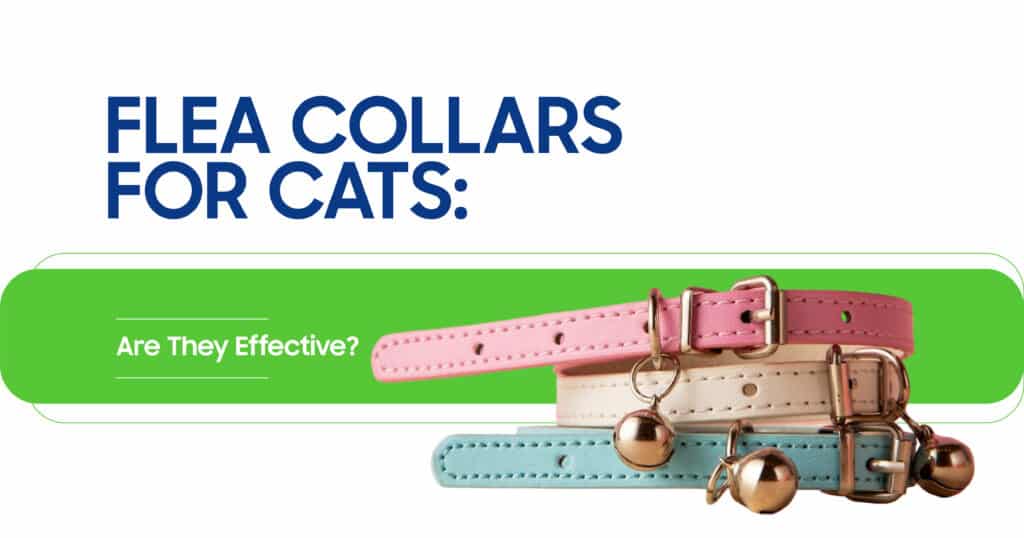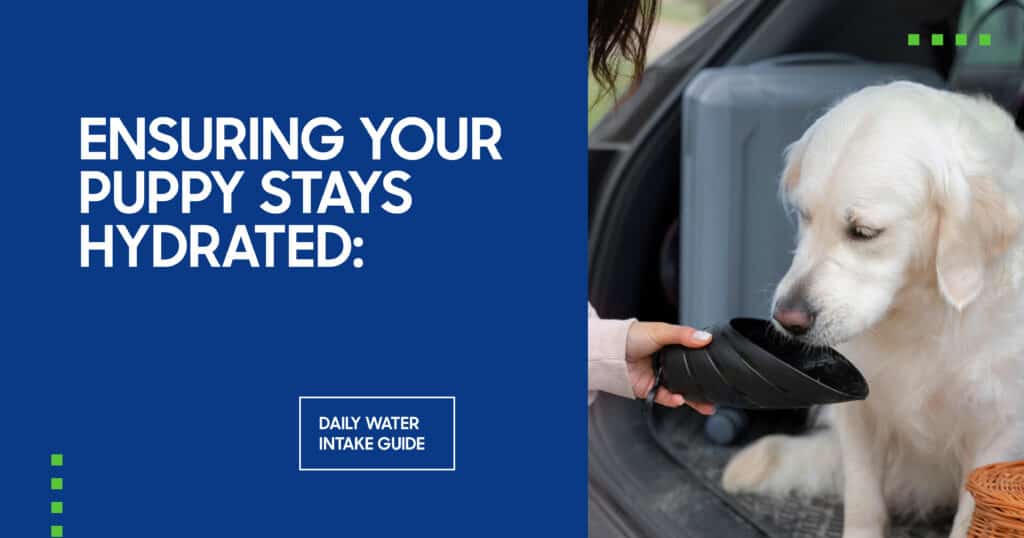If your beloved dog suffers from allergies, you know how distressing it can be to watch them struggle with constant itching, sneezing, or skin irritation. As a responsible pet owner, you may wonder whether human allergy medications like Claritin can safely bring relief to your furry friend. In this comprehensive guide, we’ll explore the safety and effectiveness of Claritin for dogs, discuss proper dosages, potential side effects, and alternative allergy treatments. By the end, you’ll have all the information you need to make the best decision for your pup’s health and well-being.
Understanding Dog Allergies: Causes and Symptoms
Allergies in dogs are more common than many owners realize. Just like people, dogs can develop sensitivities to a wide variety of environmental triggers and food ingredients. Common allergens include pollen, dust mites, mold spores, flea saliva, certain cleaning products, and even specific proteins in commercial dog foods. When exposed to these substances, your dog’s immune system may overreact, releasing histamines and other chemicals that cause uncomfortable symptoms.
The most frequent signs that your dog may be suffering from allergies include:
- Frequent sneezing, coughing, or wheezing
- Watery, red, or itchy eyes and a runny nose
- Intense itchiness leading to constant scratching, licking, or chewing
- Swelling of the face, ears, or paws
- Red, inflamed, or flaky skin, sometimes accompanied by hot spots
- Digestive upset, such as vomiting or diarrhea
While allergies are rarely life-threatening, they can significantly reduce your pet’s quality of life. Chronic itching may lead to open sores or secondary skin infections. If you notice these symptoms, schedule a veterinary consultation to develop an appropriate treatment plan and rule out other health conditions.
What Is Claritin? An Overview of Loratadine
Claritin, the brand name for the drug loratadine, is a second-generation antihistamine widely used to treat allergy symptoms in humans. Unlike some older antihistamines, Claritin is less likely to cause drowsiness and is available over the counter in most pharmacies. It works by blocking the action of histamine, a chemical released by the body during allergic reactions, thereby reducing symptoms such as sneezing, itching, and a runny nose.
Veterinarians sometimes recommend Claritin for dogs with mild to moderate allergies, provided it is administered correctly. It is essential to use only plain Claritin (loratadine) and avoid combination products containing decongestants, such as Claritin-D, which can be toxic to pets. Always consult your veterinarian before starting any new medication for your dog.
Can Dogs Safely Take Claritin?
In most cases, Claritin is considered safe for canine use when given at the correct dosage. The medication is non-sedating, free from harmful flavors and preservatives, and generally well-tolerated. However, there are important precautions to consider. Dogs with certain health conditions—such as liver or kidney disease, glaucoma, or those who are pregnant or lactating—may not be suitable candidates for Claritin. Similarly, dogs weighing less than 10 pounds or those taking other medications could be at higher risk for adverse effects or drug interactions.
It is crucial to use only loratadine, not combination formulas, and to consult your veterinarian before administering Claritin to your pet. If your dog develops any unusual symptoms—such as excessive lethargy, agitation, vomiting, or loss of appetite—contact your veterinarian immediately.
For more information on the safe use of human medications in pets, refer to the ASPCA Animal Poison Control Center.
Symptoms and Conditions Claritin Can Treat in Dogs
Claritin is primarily prescribed to alleviate allergy-related symptoms in dogs. These symptoms may arise from environmental allergies (such as pollen, mold, or dust mites), food allergies, or reactions to insect bites and stings. The most common conditions Claritin can help manage include:
- Sneezing and Coughing: Dogs with seasonal allergies often experience respiratory symptoms, which can be soothed with antihistamines.
- Runny Nose and Watery Eyes: Excessive nasal discharge and watery eyes are classic signs of allergies that can be alleviated by Claritin.
- Itchy, Inflamed Skin: Persistent scratching, biting, or licking due to itchy skin can lead to secondary infections if not treated.
- Swelling and Hives: In cases of insect bites or contact allergies, Claritin can help reduce swelling and soothe irritated skin.
- Gastrointestinal Upset: While less common, allergies can sometimes cause nausea, vomiting, or diarrhea, which may improve with proper allergy management.
In addition to these symptoms, Claritin may be used to manage chronic skin conditions like atopic dermatitis and eczema in dogs, as part of a comprehensive treatment plan.
How Much Claritin Is Safe for Dogs? Dosage Guidelines
The appropriate Claritin dosage for dogs depends on several factors, including weight, age, breed, and medical history. As a general rule, veterinarians recommend a dose of 0.2 milligrams per pound of body weight, administered once or twice daily. For example, a 50-pound dog would typically receive one 10 mg tablet per dose. However, always confirm the dosage with your veterinarian before starting treatment.
Here is a quick reference table for typical Claritin dosing in dogs:
| Dog’s Weight (lbs) | Recommended Claritin Dose (mg) | Frequency |
|---|---|---|
| 10 | 2 mg | Once or twice daily |
| 25 | 5 mg | Once or twice daily |
| 50 | 10 mg | Once or twice daily |
| 75 | 15 mg | Once or twice daily |
| 100 | 20 mg | Once or twice daily |
Do not exceed the recommended dose or frequency unless specifically instructed by your veterinarian. Monitor your dog closely after administering Claritin, and seek veterinary care if you notice any concerning symptoms.
Factors to Consider When Dosing Claritin for Your Dog
Several variables can affect the safety and effectiveness of Claritin for your dog. Consider the following before giving any antihistamine:
- Dog’s Weight and Size: Always calculate the dose based on your dog’s current weight. Overdosing can lead to serious side effects, especially in small breeds.
- Type of Claritin: Only use plain loratadine. Avoid products with added decongestants, such as pseudoephedrine, which are dangerous for dogs.
- Medical History: Dogs with chronic illnesses or those on other medications may be more susceptible to drug interactions. Always disclose your pet’s full health history to your veterinarian.
- Tablet Size: Claritin is available in 5 mg and 10 mg tablets. Double-check the strength before administering to avoid overdosing.
- Veterinary Supervision: While Claritin can often be given at home, it’s always safer to have a veterinarian oversee your pet’s allergy management, especially if you are introducing a new medication.
Potential Side Effects of Claritin in Dogs
Although most dogs tolerate Claritin well, some may experience side effects, especially if the dosage is too high or if they have underlying health conditions. Common adverse reactions include:
- Drowsiness or Lethargy: Your dog may seem more tired than usual or less interested in normal activities.
- Hyperactivity or Agitation: In rare cases, dogs may become unusually energetic, restless, or vocal.
- Dry Mouth and Increased Thirst: You may notice your dog drinking more water and panting excessively.
- Poor Coordination or Weakness: Difficulty walking, stumbling, or trouble getting up can be signs of an adverse reaction.
- Digestive Upset: Nausea, vomiting, or diarrhea may occur, particularly if Claritin is given on an empty stomach.
Most side effects resolve within 48 hours of discontinuing the medication. However, if your dog collapses, experiences seizures, or refuses to eat or drink, seek emergency veterinary care immediately.
Benefits of Giving Claritin to Your Dog
When used appropriately, Claritin offers several advantages for dogs with allergies:
- Over-the-Counter Availability: You can purchase Claritin at most pharmacies without a prescription, making it convenient for pet owners.
- Effective Allergy Relief: Claritin targets the root cause of allergy symptoms, helping your dog feel more comfortable and reducing the risk of secondary infections from excessive scratching.
- Non-Sedating Formula: Unlike some older antihistamines, Claritin is less likely to cause drowsiness, allowing your dog to maintain normal energy levels.
- Safe for Most Dogs: When administered at the correct dosage and under veterinary supervision, Claritin is generally safe for canine use.
- Flexible Administration: Claritin is available in tablet and syrup forms, making it easy to give to dogs of all sizes.
Alternative Allergy Treatments for Dogs
If Claritin does not provide sufficient relief, or if your dog is unable to tolerate loratadine, there are several other antihistamines and allergy management options to consider:
- Benadryl (Diphenhydramine): One of the most commonly used antihistamines for dogs, Benadryl can help manage itching and mild allergic reactions. However, it is more likely to cause drowsiness.
- Zyrtec (Cetirizine): Another non-sedating antihistamine, Zyrtec is sometimes recommended for dogs with environmental allergies or atopic dermatitis.
- Prescription Medications: In cases of severe allergies, your veterinarian may prescribe corticosteroids, immunotherapy, or newer allergy medications designed specifically for pets.
- Natural Supplements: Omega-3 fatty acids, probiotics, and certain herbal remedies may help support skin health and reduce allergic inflammation. Always discuss these options with your vet before starting a new supplement.
- Environmental Management: Minimizing exposure to known allergens, using air purifiers, and maintaining a clean home environment can significantly reduce allergy symptoms in sensitive dogs.
When to Consult a Veterinarian?
Professional veterinary advice is essential anytime your dog displays symptoms of allergies, adverse reactions to medication, or other health concerns. Your veterinarian can perform diagnostic tests to identify the underlying cause of your dog’s symptoms, recommend the most effective treatments, and monitor for potential side effects. Never attempt to self-medicate your pet without professional guidance, as some human medications can be toxic to animals.
How to Administer Claritin to Your Dog?
To ensure your dog receives the full benefit of Claritin, follow these administration tips:
- Calculate the Correct Dose: Use your dog’s current weight and the recommended dosage guidelines to determine the appropriate amount of medication.
- Choose the Right Form: Claritin is available in both tablet and syrup forms. Tablets can be hidden in a treat or wrapped in a small piece of cheese, while syrups can be mixed with food or water.
- Give with Food: Administering Claritin with a meal can help reduce the risk of stomach upset.
- Monitor for Side Effects: Watch your dog closely for any changes in behavior, appetite, or energy levels after giving Claritin. If side effects occur, discontinue the medication and consult your veterinarian.
- Stick to a Schedule: Consistency is key for managing allergy symptoms. Administer Claritin at the same time each day as directed by your veterinarian.
Preventing Allergies in Dogs: Tips for Pet Owners
While some dogs are genetically predisposed to allergies, there are steps you can take to minimize your pet’s risk and keep their symptoms under control:
- Feed a High-Quality Diet: Provide balanced nutrition tailored to your dog’s age, size, and breed. Consider hypoallergenic diets if food allergies are suspected.
- Maintain a Clean Living Space: Regularly wash your dog’s bedding, vacuum carpets, and use air purifiers to reduce environmental allergens.
- Practice Good Grooming: Bathe your dog regularly with a gentle, hypoallergenic shampoo to remove pollen, dust, and other irritants from their coat.
- Routine Veterinary Checkups: Schedule annual wellness exams to catch allergies early and address any emerging health concerns promptly.
- Limit Outdoor Exposure: During high pollen seasons, keep your dog indoors as much as possible and wipe their paws and fur after outdoor walks.
Veterinarian Today: Your Trusted Resource for Pet Health
Veterinarian Today is dedicated to providing pet owners with up-to-date, evidence-based information to help you make the best decisions for your animal companions. Whether you’re seeking advice on managing allergies, choosing the right medications, or learning about preventative care, Veterinarian Today is your go-to resource for trustworthy guidance. Our team of veterinary professionals is committed to supporting you and your pets on every step of your health journey. Visit Veterinarian Today for more expert tips and resources.
FAQs About Claritin for Dogs
Is Claritin safe for all dog breeds?
Claritin (loratadine) is generally considered safe for most dog breeds when given at the appropriate dosage. However, individual dogs may react differently based on their size, age, and underlying health conditions. Always consult your veterinarian before starting any new medication, especially if your dog has a history of medical issues or is taking other drugs.
How quickly does Claritin work for dog allergies?
Most dogs begin to experience relief from allergy symptoms within 1 to 3 hours after taking Claritin. However, it may take several days of consistent dosing to see the full benefits, especially for chronic or severe allergies. If your dog’s symptoms do not improve or worsen, consult your veterinarian for alternative treatment options.
Can I give my dog Claritin-D or other combination allergy medications?
No, you should never give your dog Claritin-D or any allergy medication containing decongestants like pseudoephedrine or phenylephrine. These ingredients can be extremely toxic to dogs, leading to severe side effects or even death. Always use plain loratadine and check with your veterinarian before administering any human medication to your pet.
What should I do if my dog accidentally ingests too much Claritin?
If you suspect your dog has consumed an overdose of Claritin, contact your veterinarian or an emergency animal poison control hotline immediately. Symptoms of overdose may include rapid heart rate, agitation, tremors, vomiting, or collapse. Prompt medical attention is essential to ensure your dog’s safety.
Are there natural alternatives to Claritin for managing dog allergies?
Yes, several natural approaches can help manage mild allergy symptoms in dogs. These include omega-3 fatty acid supplements, regular bathing with hypoallergenic shampoos, and using air purifiers to reduce indoor allergens. However, always consult your veterinarian before starting any new supplement or home remedy to ensure it’s safe and appropriate for your pet’s unique needs.






